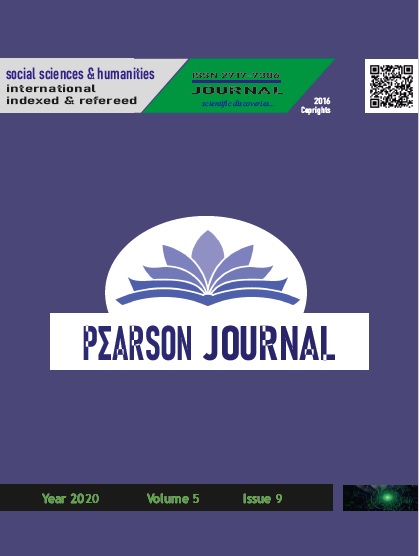LANGUAGE AND ALPHABET IN SOCIAL AND CULTURAL COMMUNICATION (Based on the history of the Azerbaijani language, comparative examples)
DOI:
https://doi.org/10.46872/pj.204Keywords:
Language And Culture, Alphabet And Religion, National Alphabet, Language And CommunicationAbstract
There are about 7,000 languages on earth today. Until the end of the twentieth century, only seven languages were considered world languages: English, Spanish, Arabic, Russian, French, German and Portuguese. Of these, Arabic belongs to the Afro-Asian language family, the rest belong to the Indo-European or Indo-Germanic language family. It is believed that the Arabic language was included in this group as a symbol of Islam. A natural question arises here. Buddhists and Hindus are no less than Muslims. But why are these languages not considered world languages? There is no answer to this question, so at the end of the twentieth century the concept of "all languages are world languages" prevailed in Europe. Certainly, some studies show that languages that have differentiated in historical evolution tend to integrate into a new historical stage, and we observe this as a result of various political and economic processes. It is also known in history that ethnic groups have completely lost their languages and adopted new ones. Therefore, let's look at the general picture of the Turkic languages and their relationship with neighboring languages among the differentiated languages that have historically developed and integrated at certain stages. The fundamental difference between Turkish and Indo-European is that Turkish is agglutinative. According to 2007 statistics, the Indo-European language family includes 140 languages and is spoken by 2 billion people, most of whom are English and are considered inflectional languages. In this regard, it is necessary to remind experts, concerned about the death and disappearance of languages, that those who distinguish between languages tend to integrate and that languages do not die, but only pass from one form to another. Against the background of these processes, let us pay attention to the historical development of the Azerbaijani (Turkish) language and the attitude of the people to the creation of the alphabet. That is why we draw attention to the fact that the Azerbaijani (Turkish) language is a widespread "folk" language, its communicative function in the historical development of the language and some mistakes in the study of historical problems in this area. 1. Misconceptions about the "transition" of the Azerbaijani language to the Latin alphabet. 2. Features of the Azerbaijani (Turkish) language as a folk language and mistakes made in the comparative analysis. The author assesses the Azerbaijani (Turkish) language as an important means of social communication as a "folk" language, and as a result of the analysis of historically accepted alphabets, it is determined that the transition to the Latin alphabet is the right choice in terms of linguistic characteristics, culture and historical integration.




